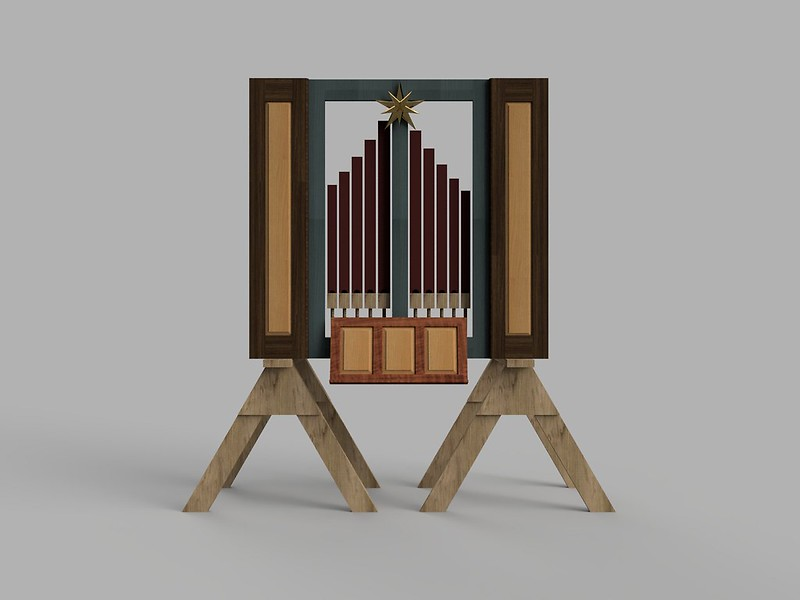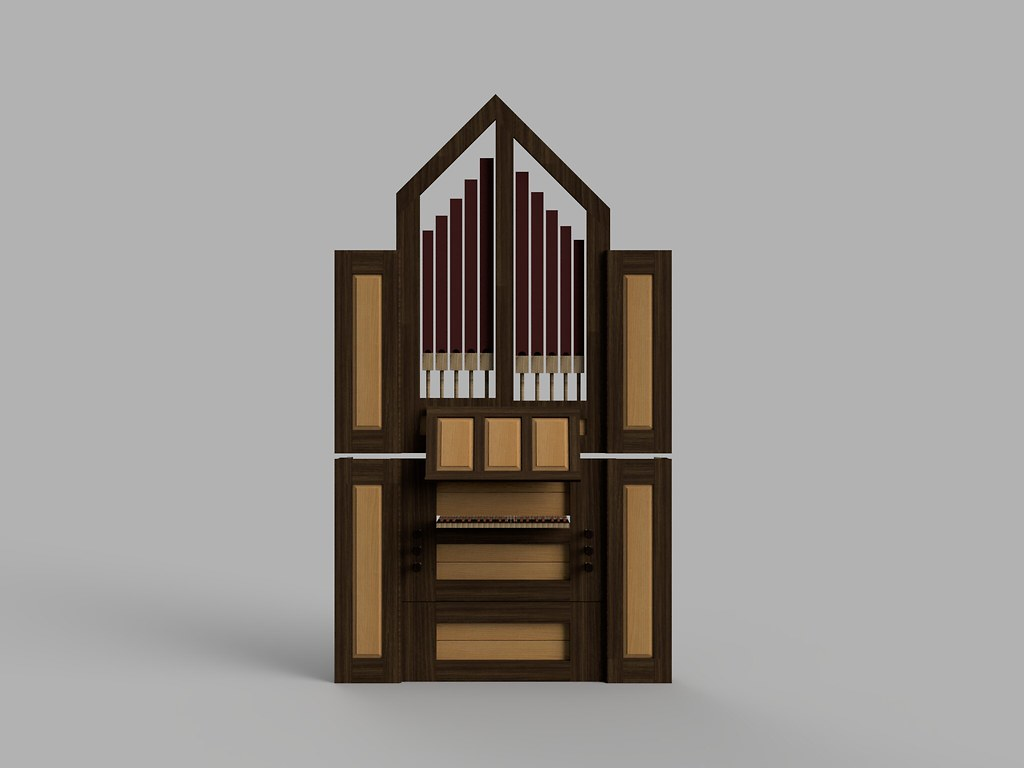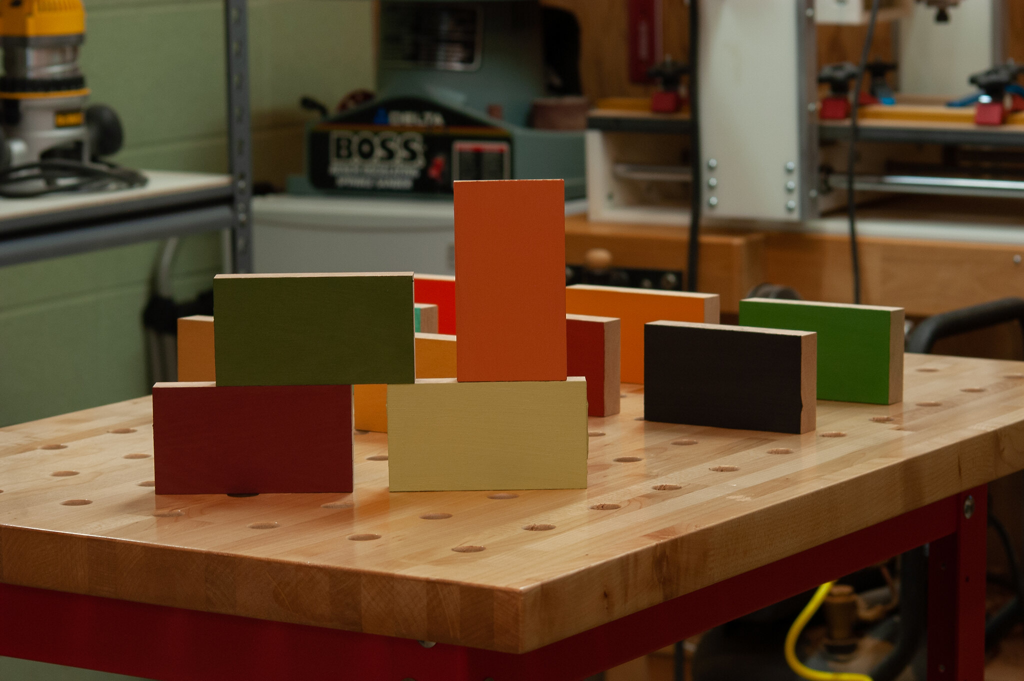Creating an Opportunity for Engagement
![]() October 19, 2025 13:38
October 19, 2025 13:38
This is the thirteenth post in a series of blog posts where I conduct a design study that conceptually builds a very real church, an organ they didn't ask for, using pipes taken from their existing mid-industrial era gallery organ. This design study provides me with the opportunity to develop, if only on paper, an example of my 43-note continuo for a space I am familiar with, using material I am familiar with. I was an organist there for eight years.
If you are new to my project, start here and work your way up.
A pragmatic church trustee wants to know why they should go ahead with this project. She didn't come out and say this exactly, but I know her well enough to know that this is probably what she is thinking. And she has a good point.
While living in La Crosse, Wisconsin, I attended and occasionally played organ, another gallery installation, for the Roncalli Newman Center located there. Their music program was entirely contemporary, so it was incumbent on me to use the organ in a way that engaged the predominantly student population. Once again, I had to employ coupler gymnastics to get enough life and energy from the instrument.
I did something else, too. I built a zimbelstern for the organ. A zimbelstern uses a rotating mechanism to sound a number of bells in succession when activated. The Carthage College organ has one. I included a historically accurate rotating star fixed to a shaft that extended out to the front of the organ case. My star was actually two stars, one large and the other smaller, superimposed on one another. I don't have a photo of the zimbelstern I built, so I modeled the star from memory in Autodesk Fusion. Associated mainly with the North German baroque organ, the zimbelstern I made set the Roncalli organ apart and really engaged the student population with its exceptional sound. It made that organ distinct and, in addition, provided a historical context.
The 43-note continuo I propose to build for yet another Catholic church associated with a place of higher learning is a chamber organ by design. By definition, the chamber organ provides opportunities for engagement. And as I found when teaching math, engagement builds community.
There are numerous ways to engage people attending church, or, for that matter, an art gallery or music performance space. The 43-note continuo is one of them, and its acquisition is a viable option for any music program wanting to build community.
Posted October 19, 2025 13:38
Add Your Comment
Reuse and Recycle: The Story of a 43-Note Build
by Steve Panizza
Recent Blog Entries
Archive




